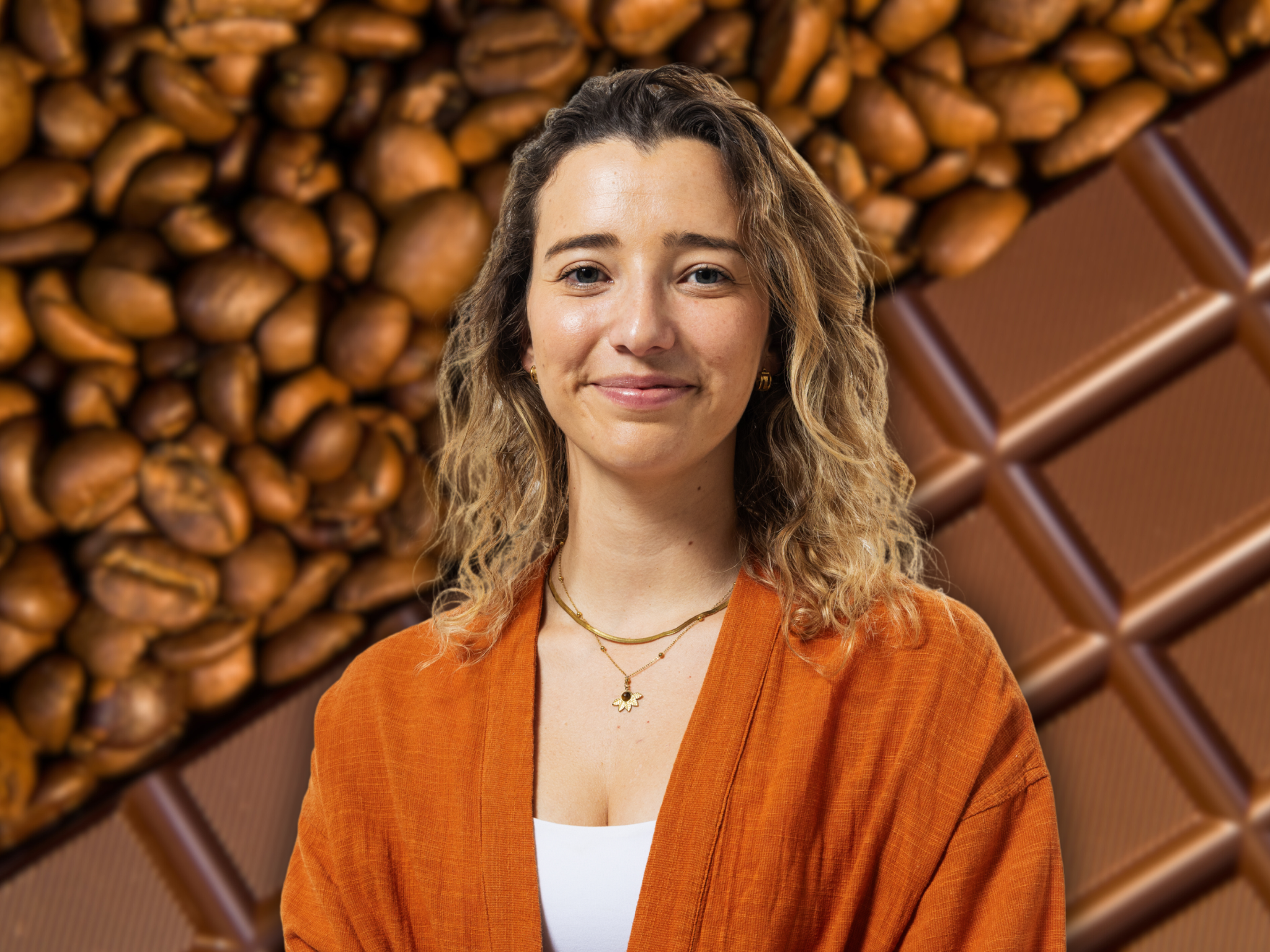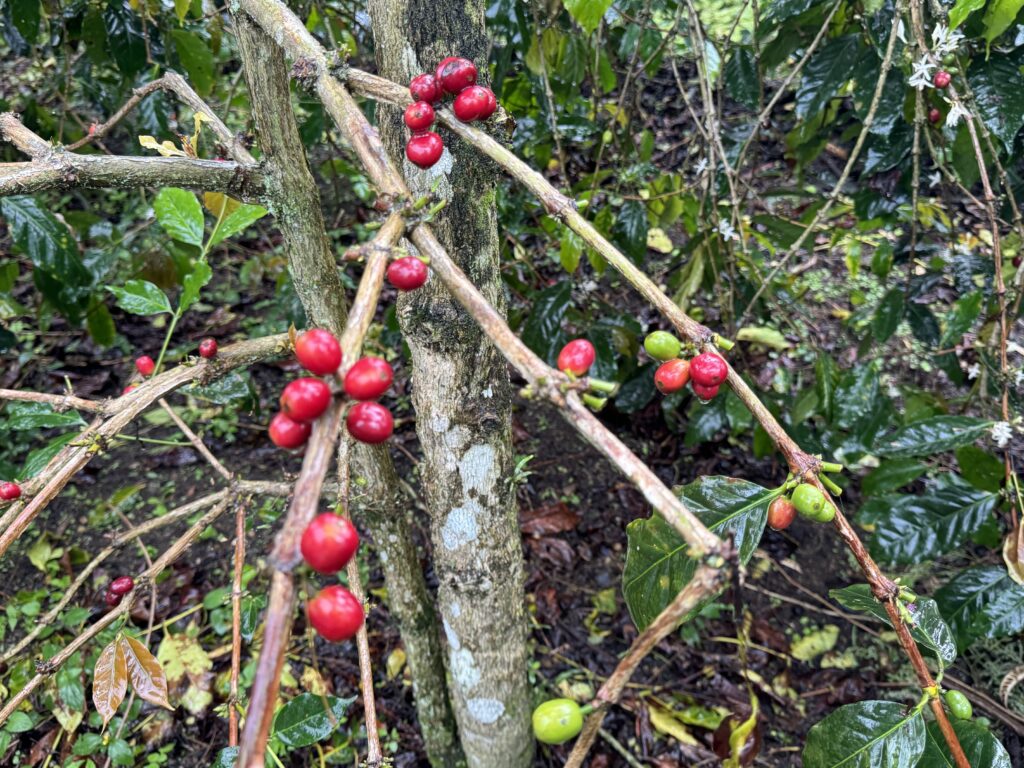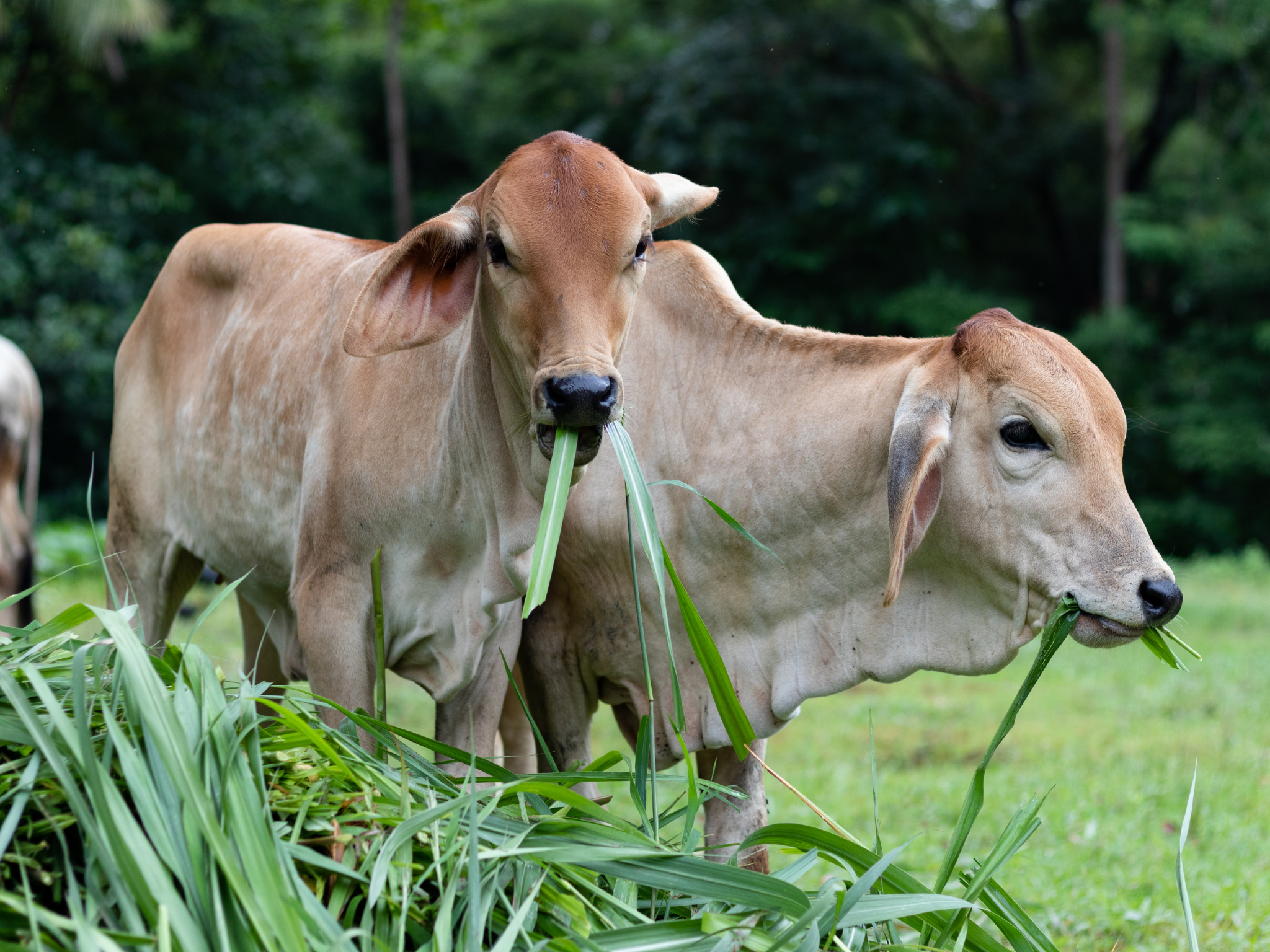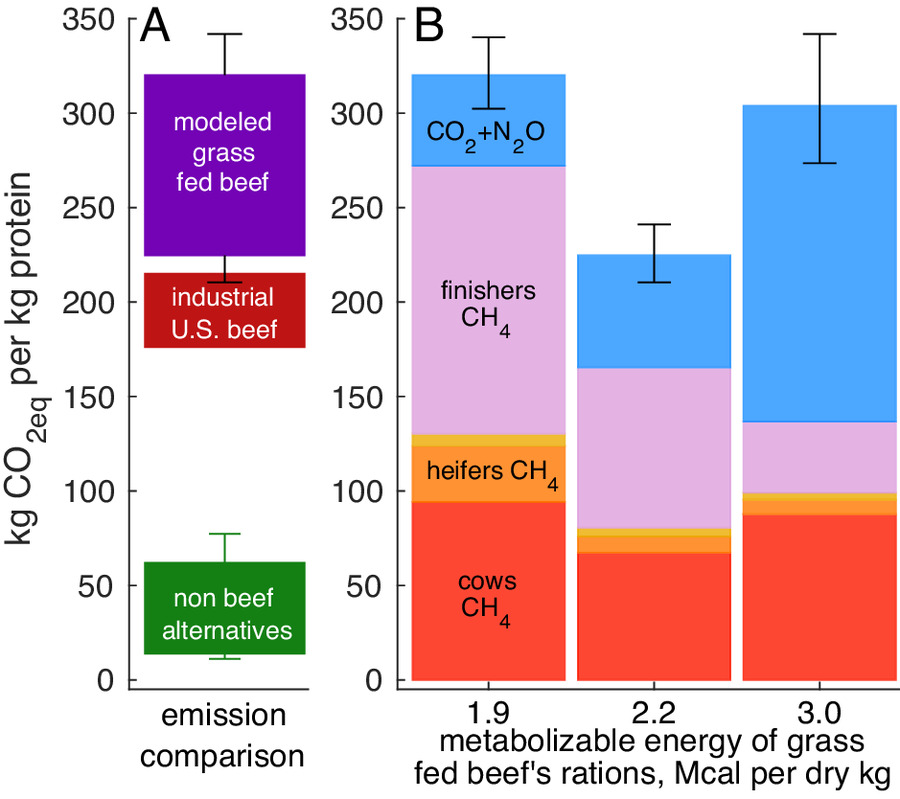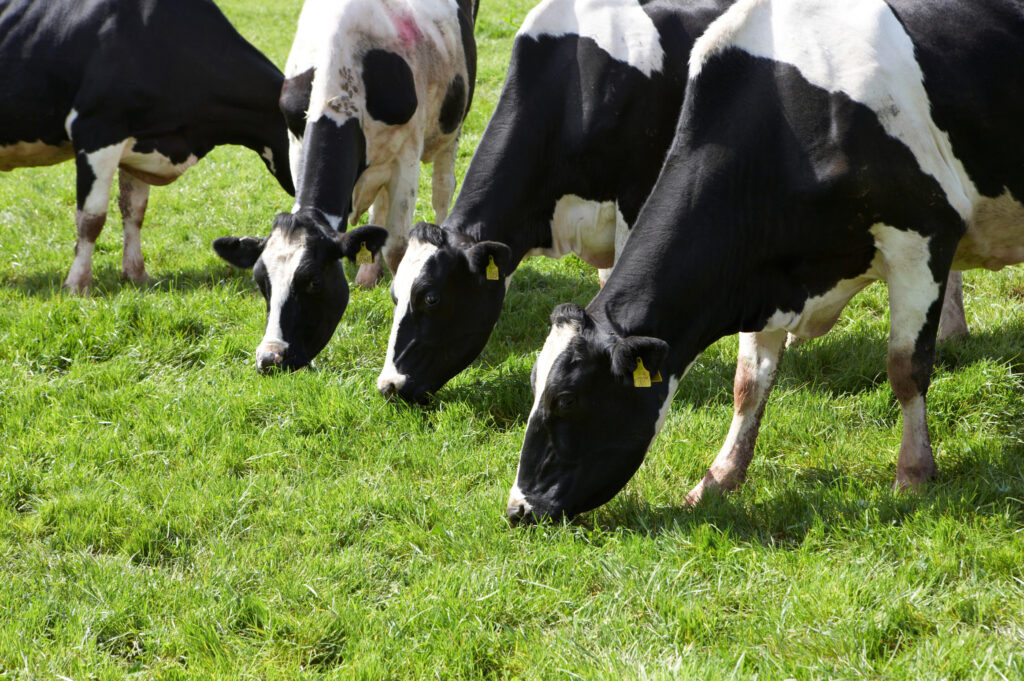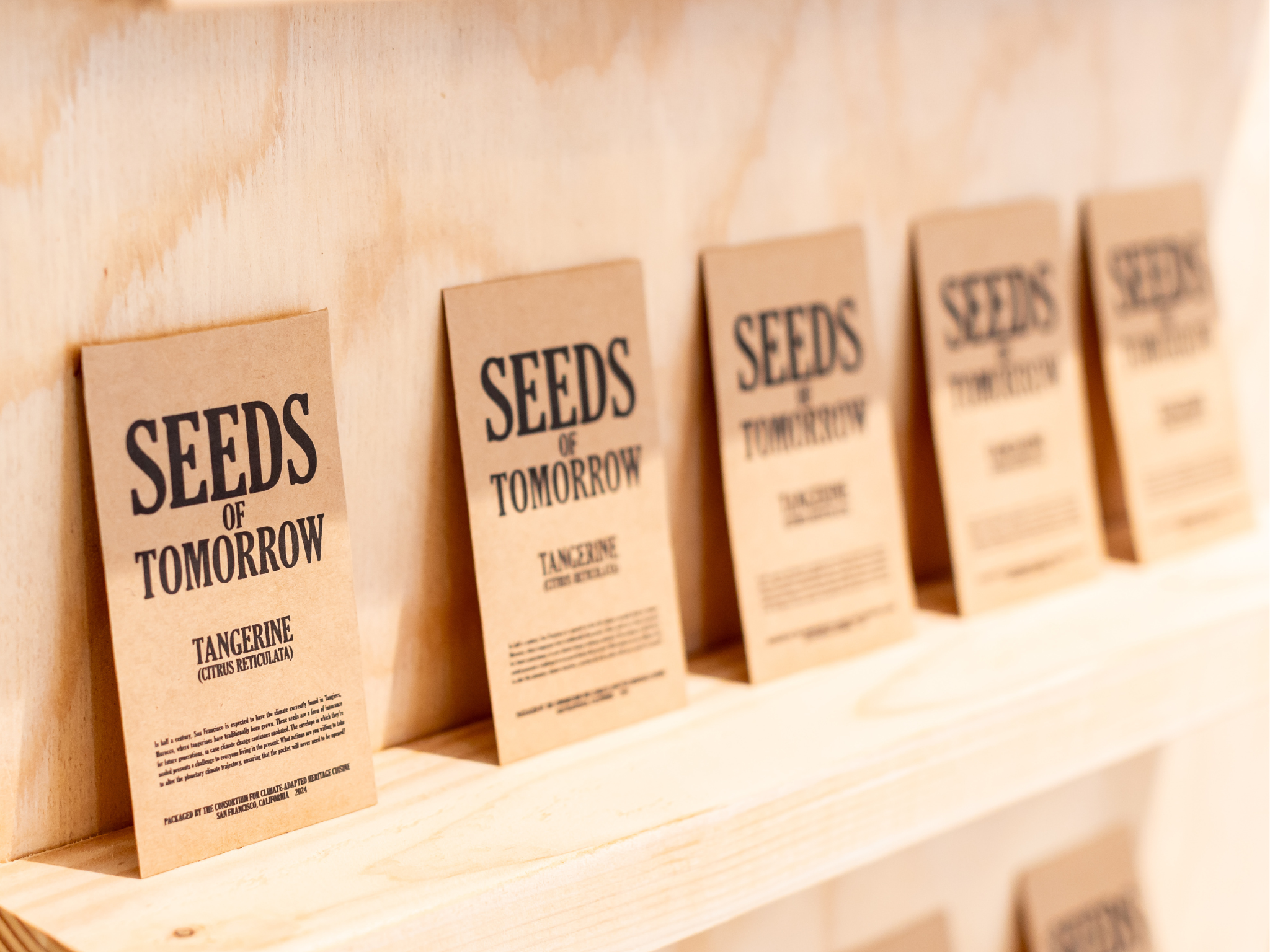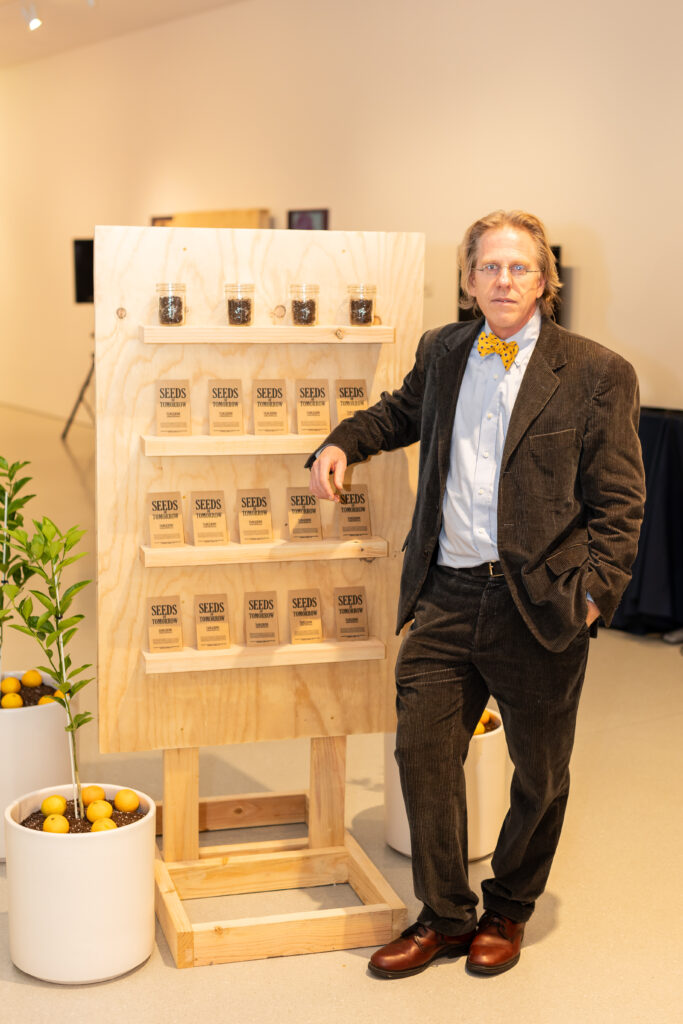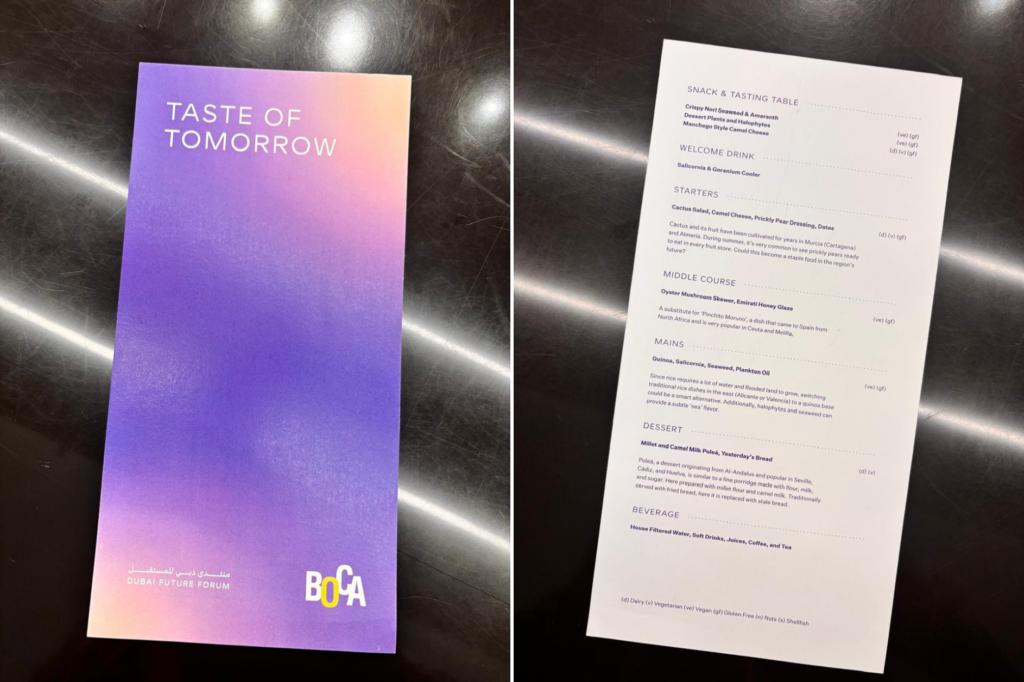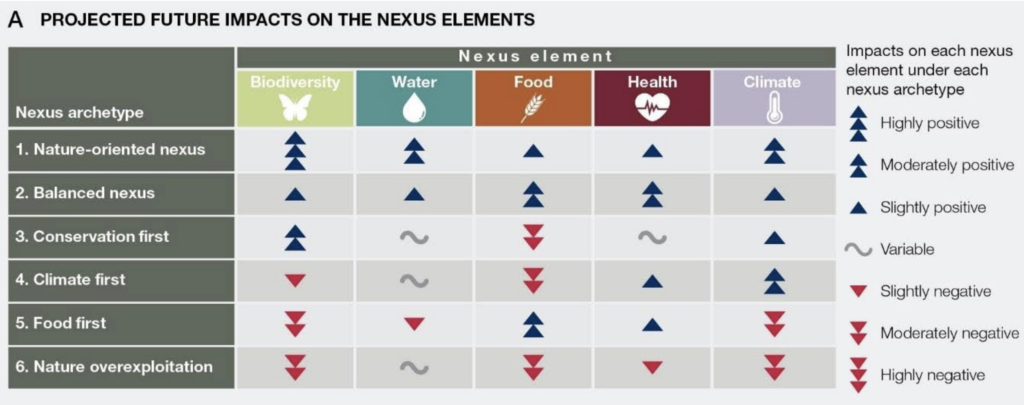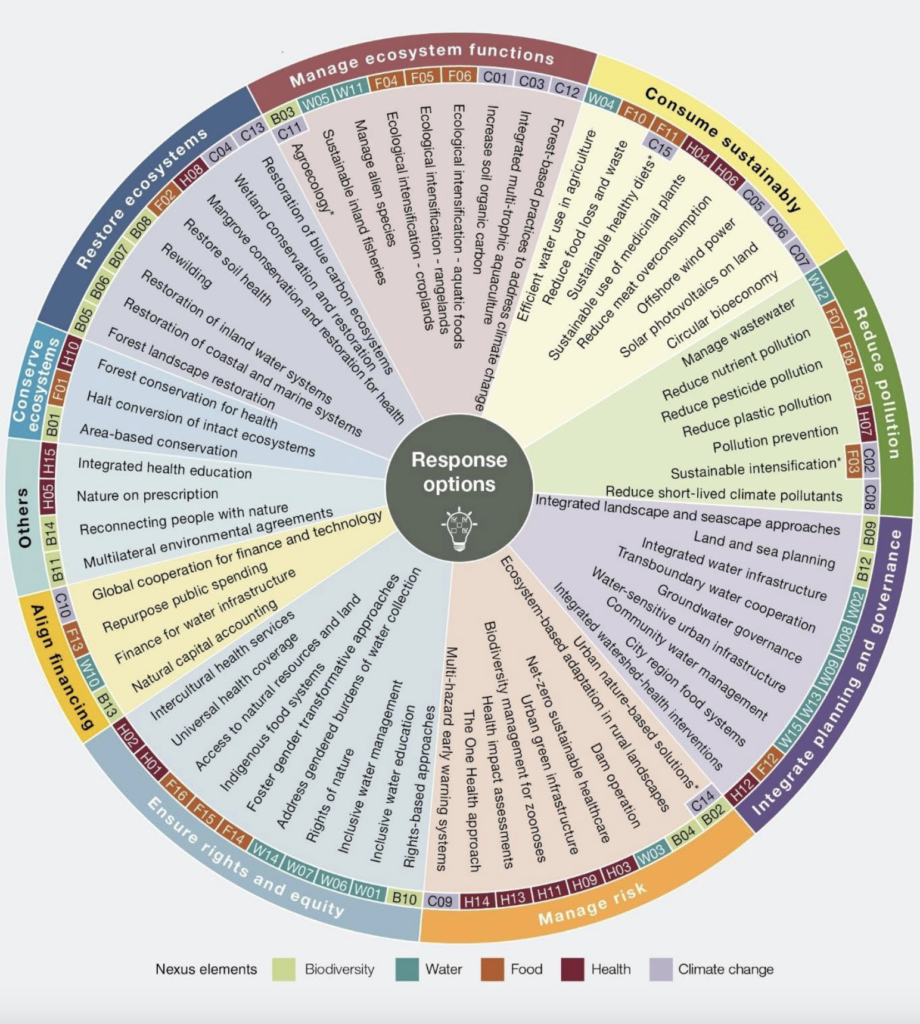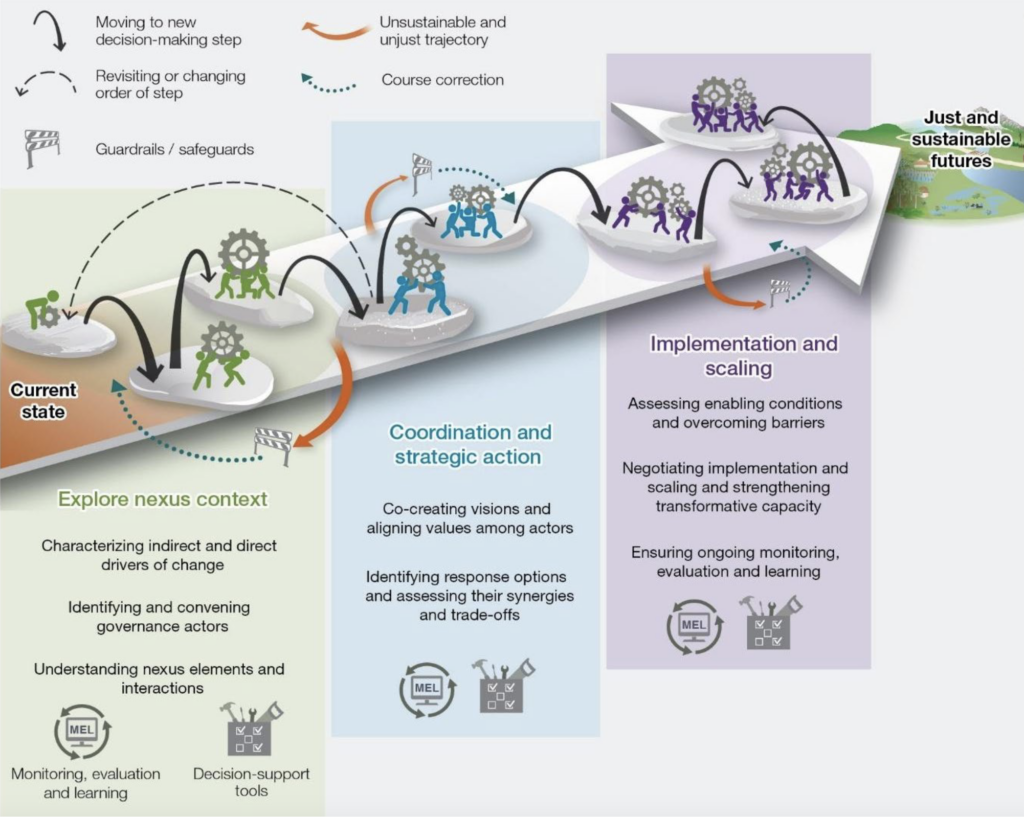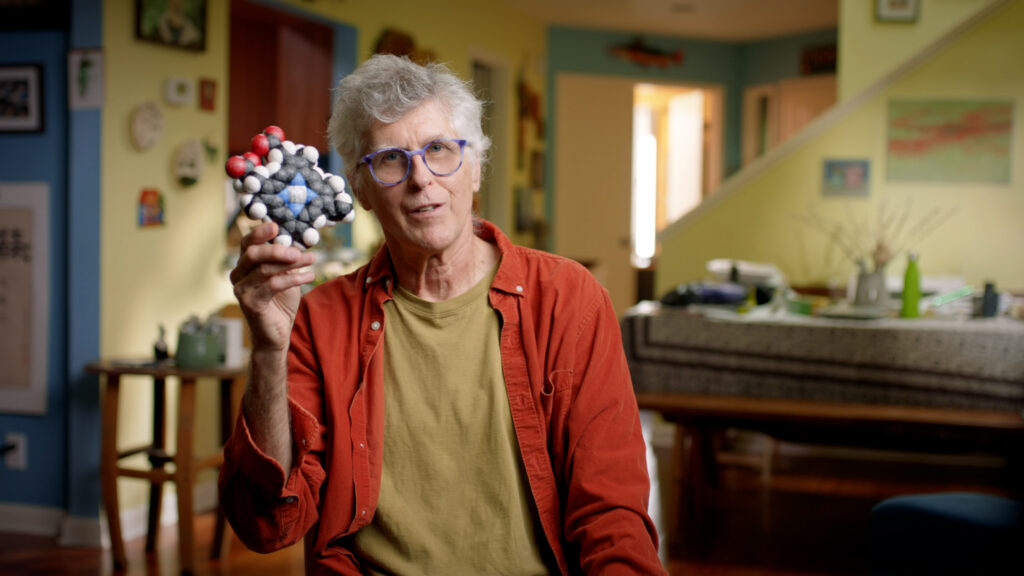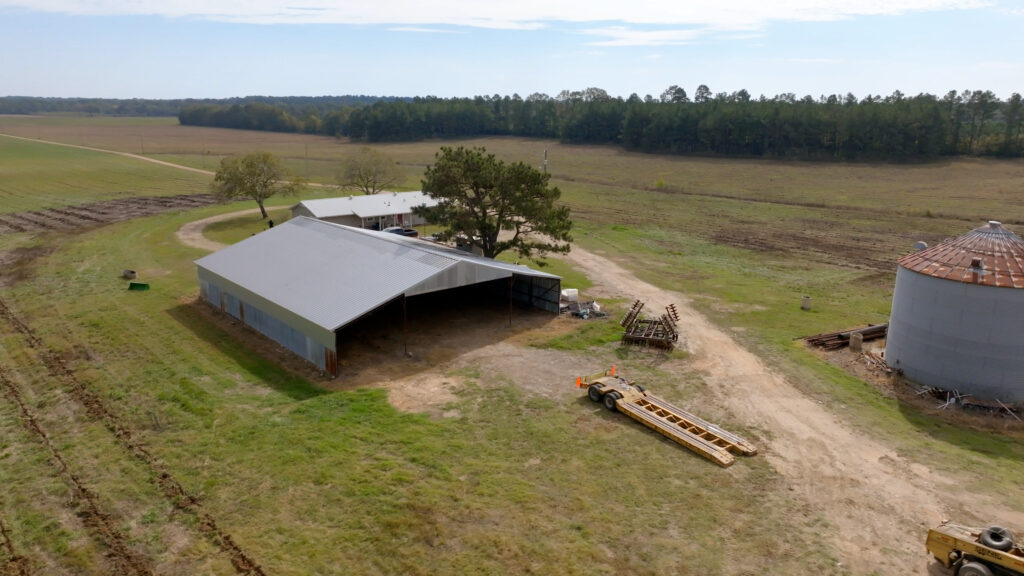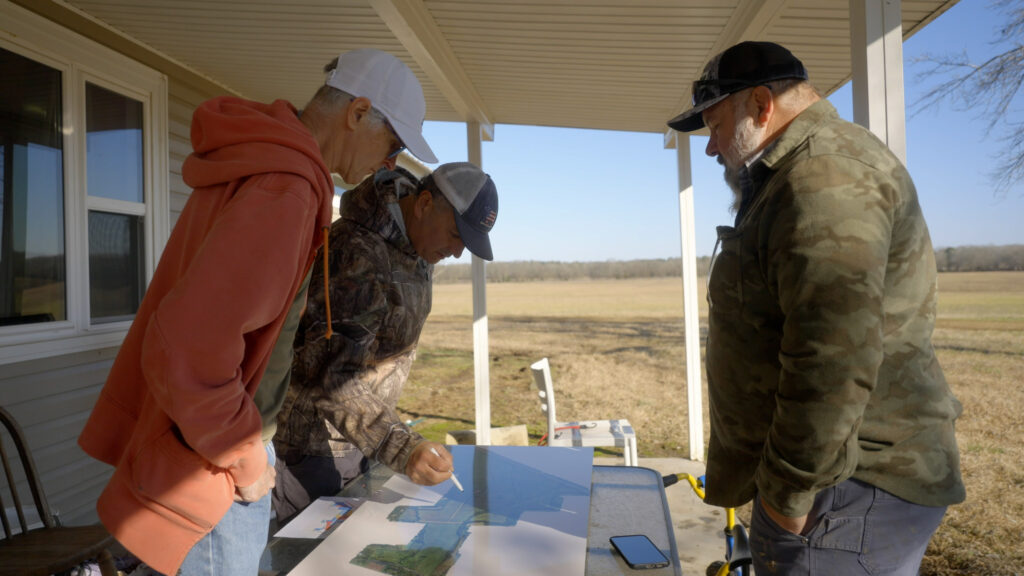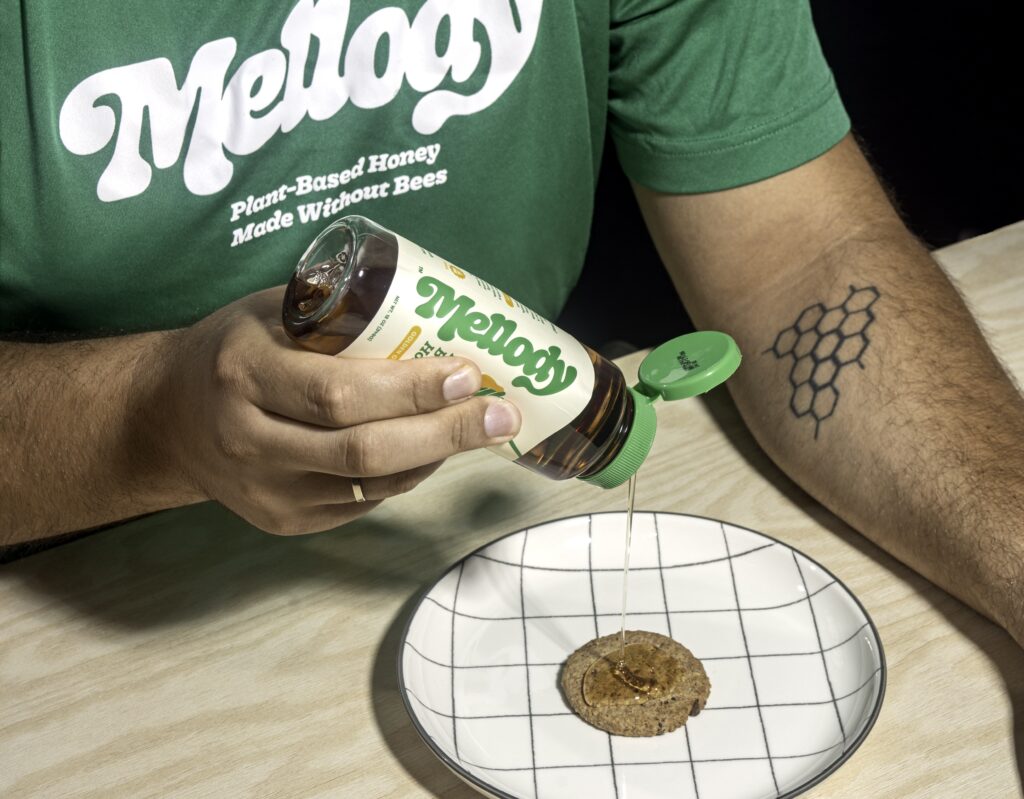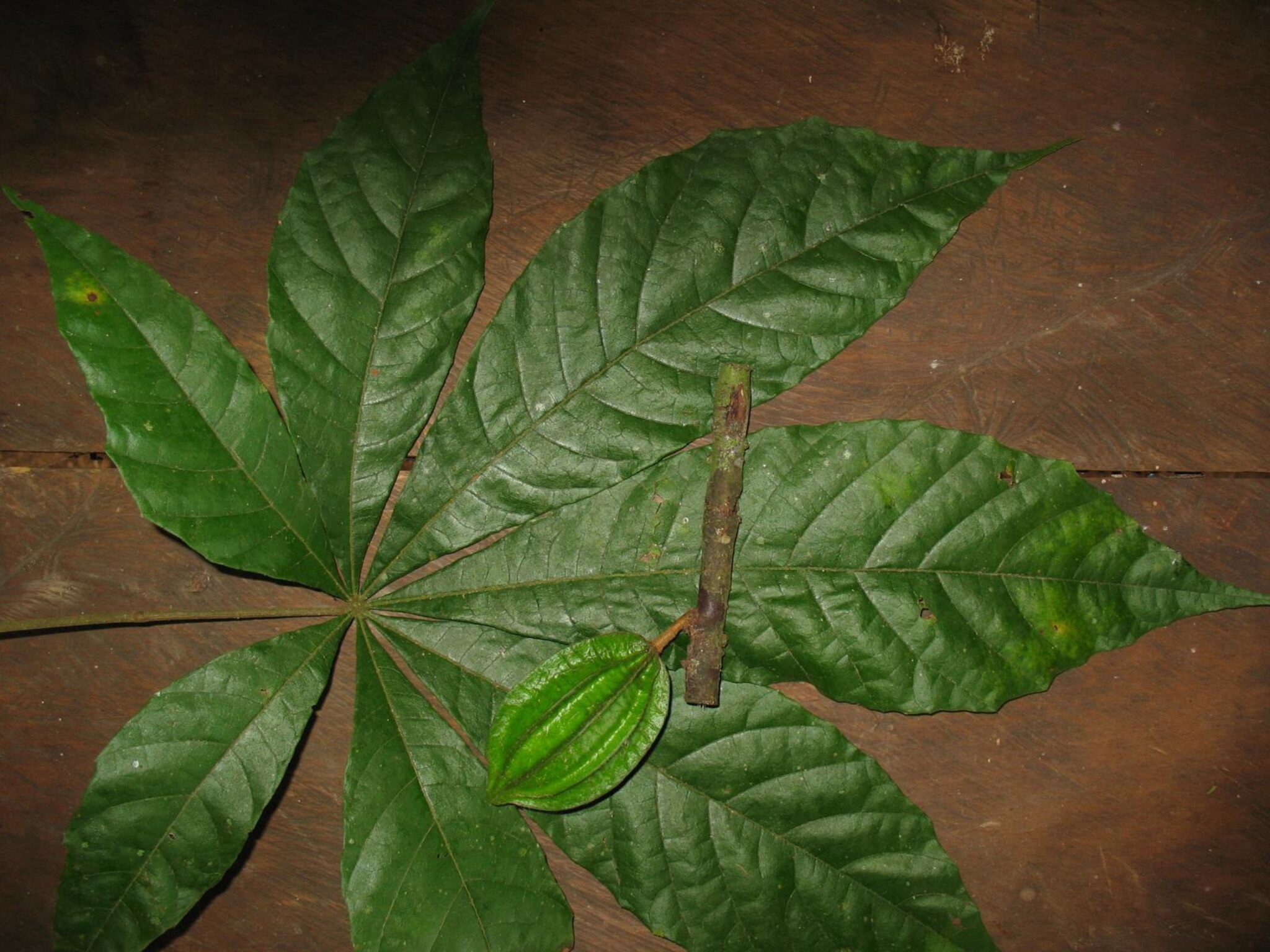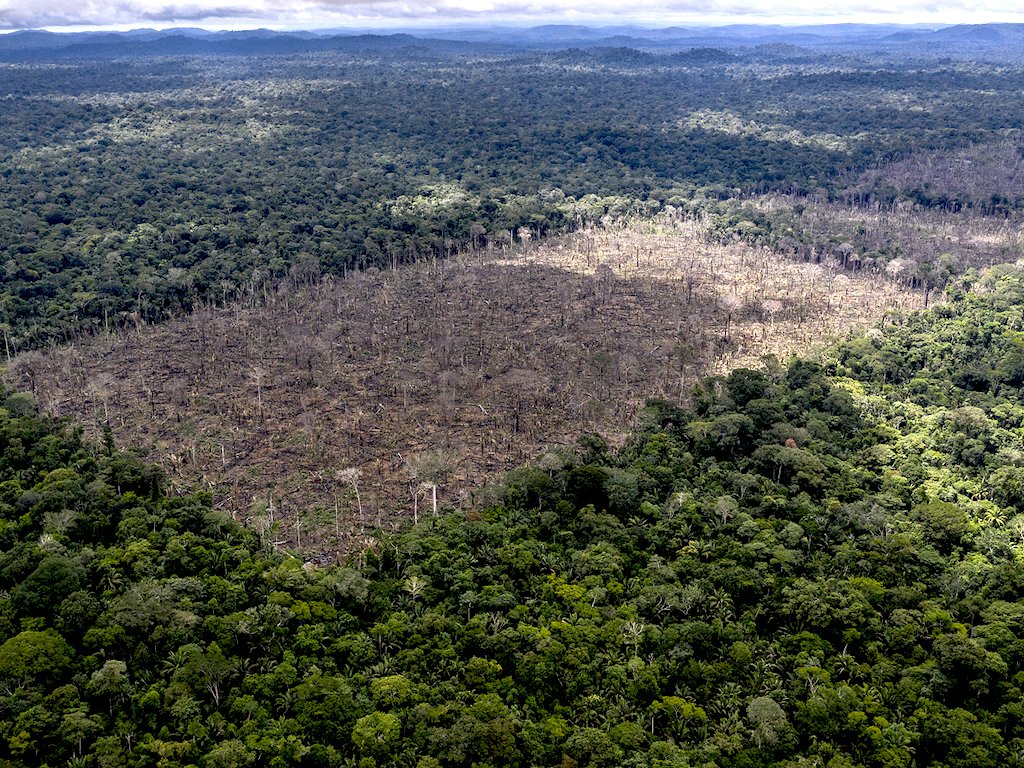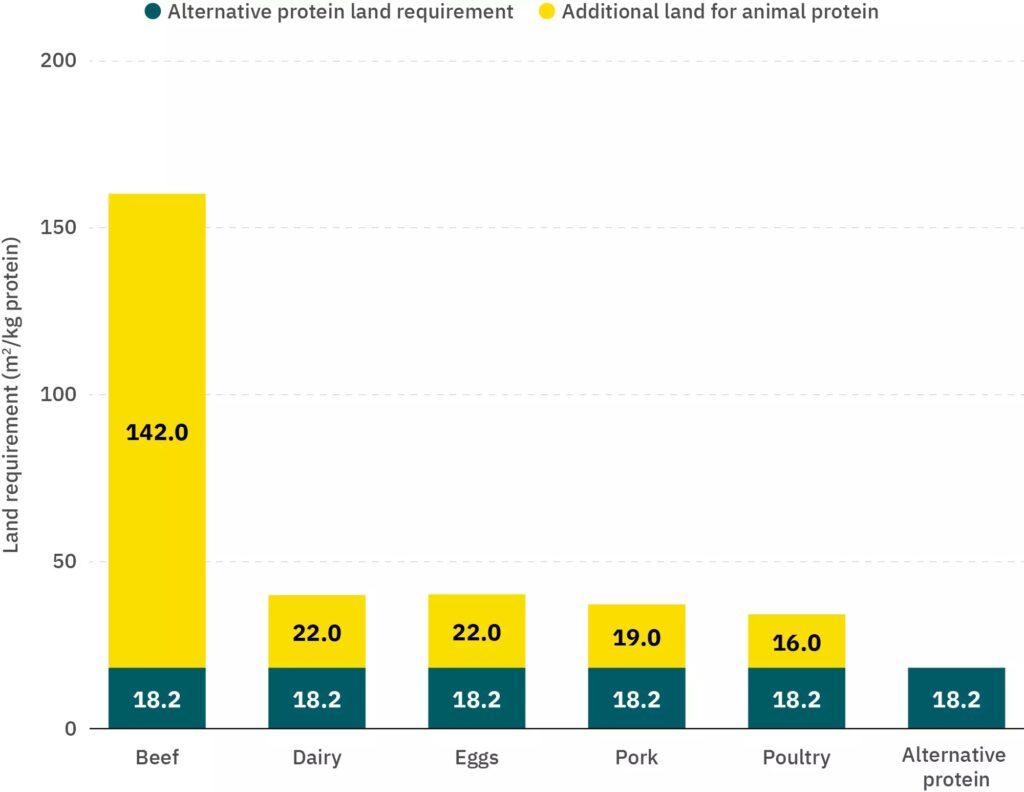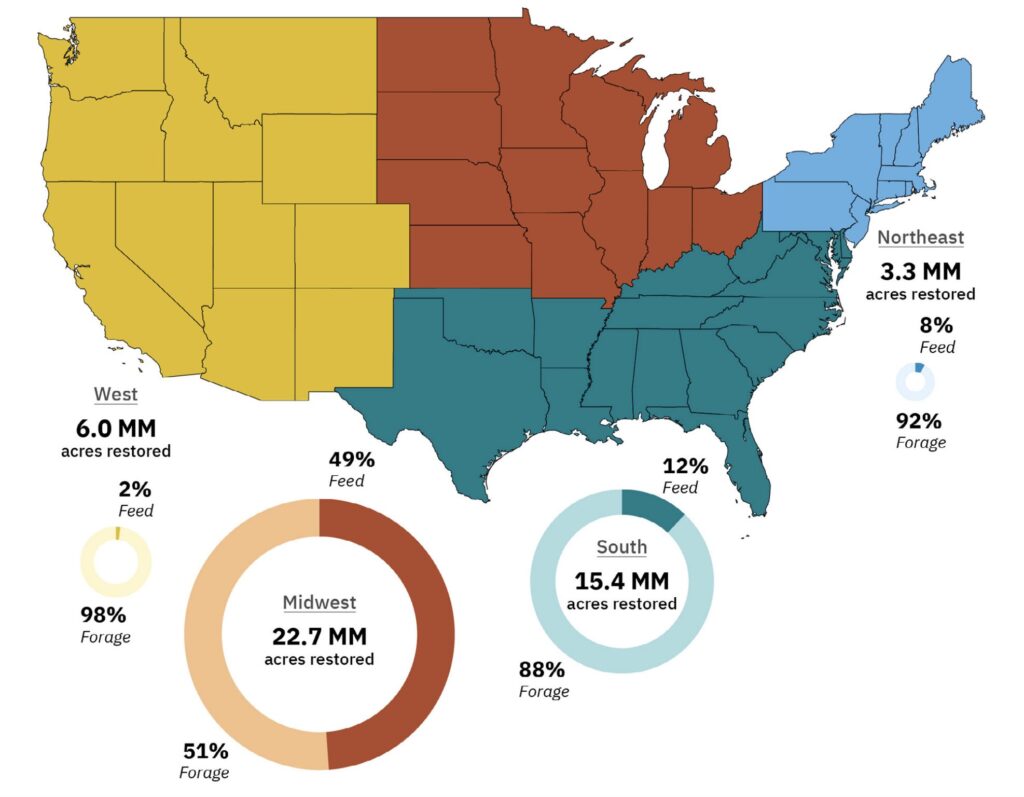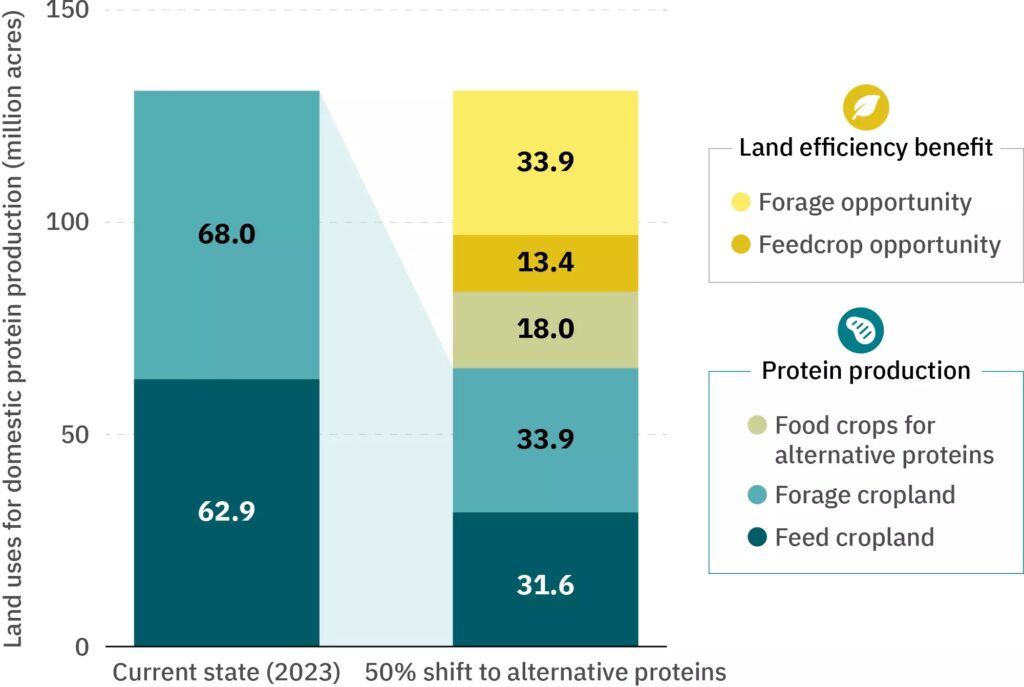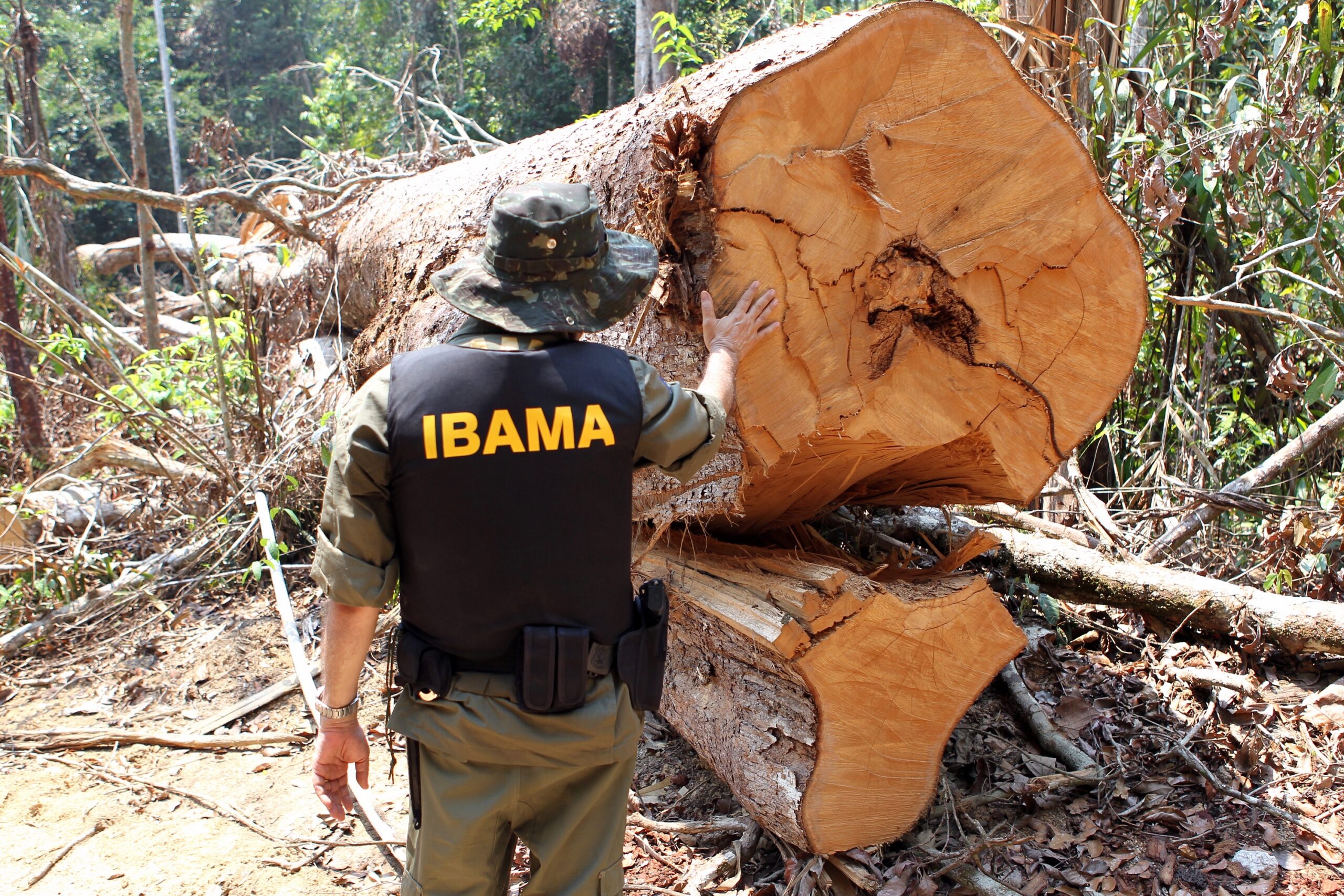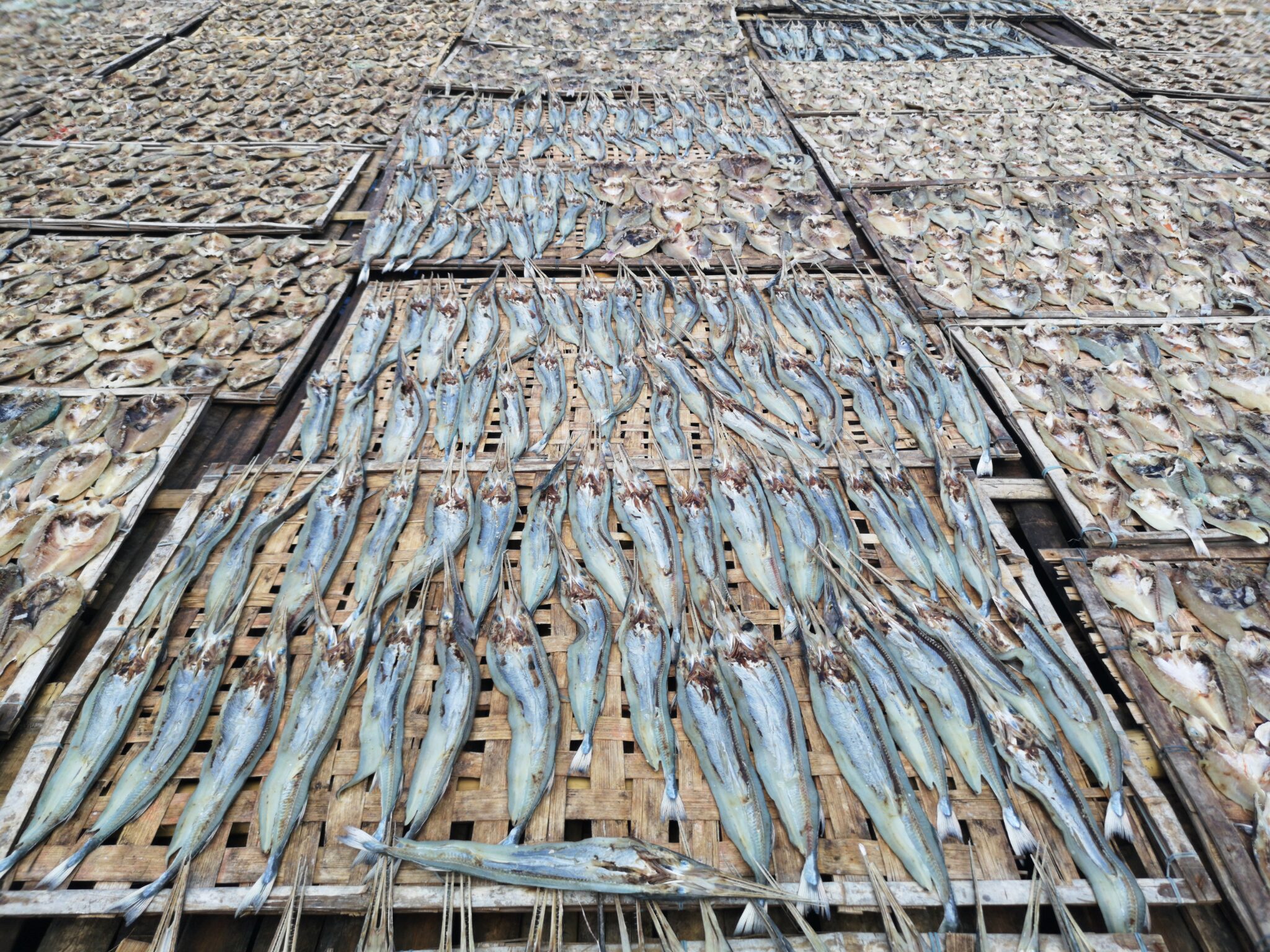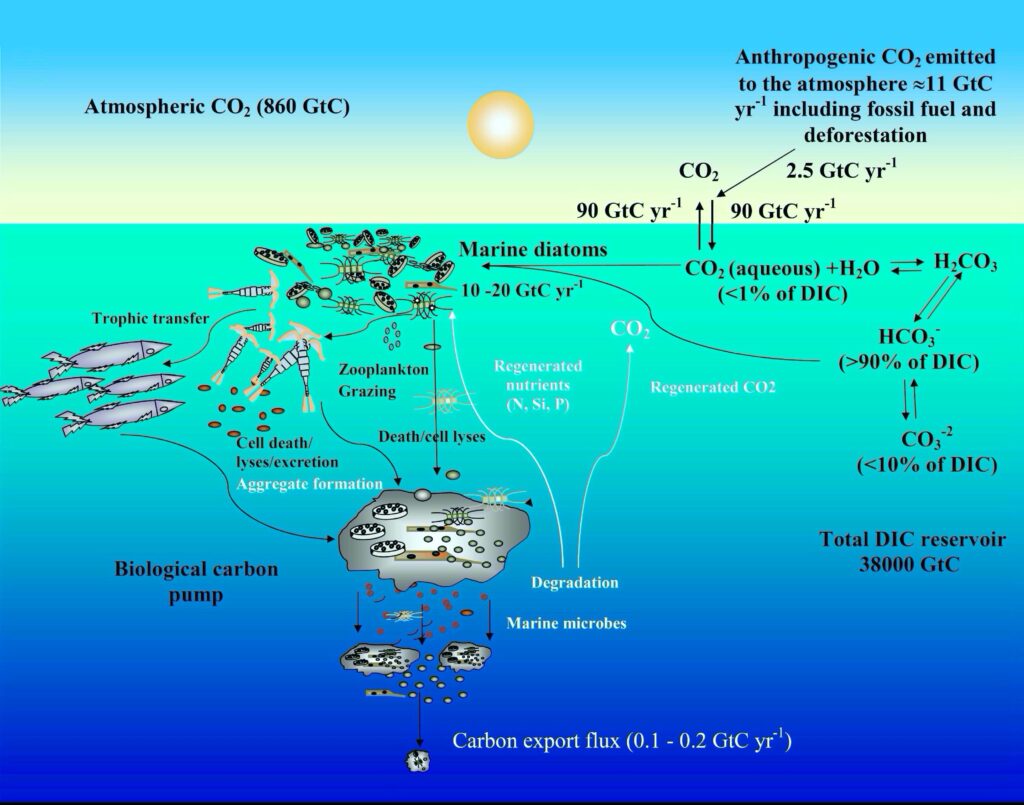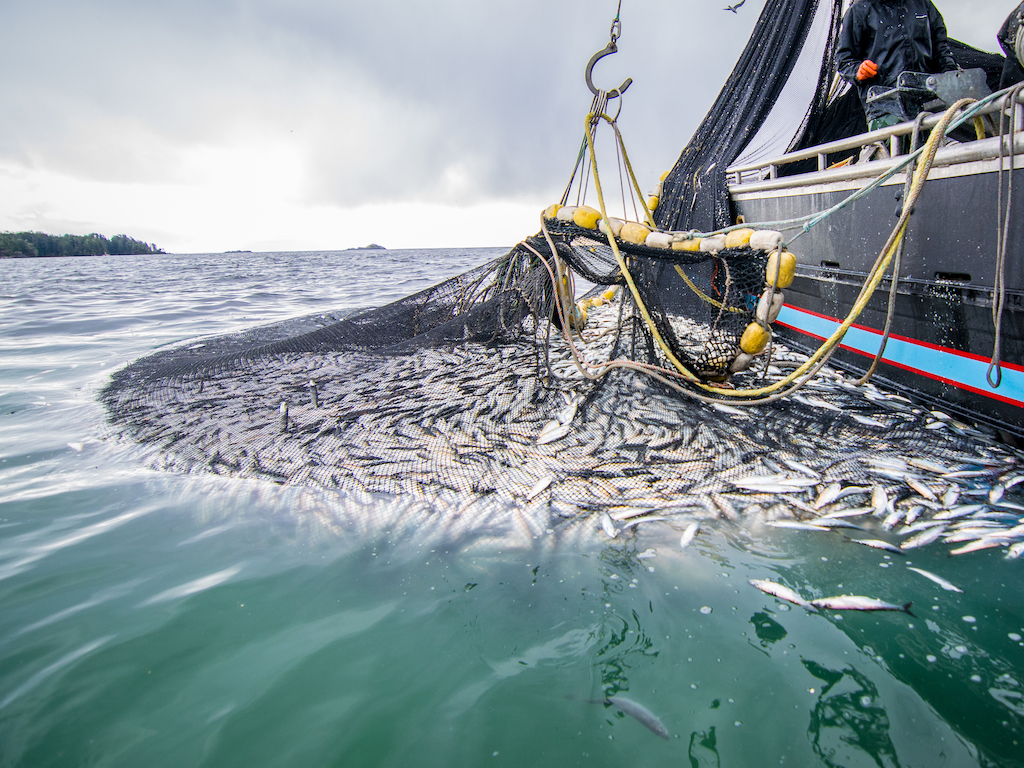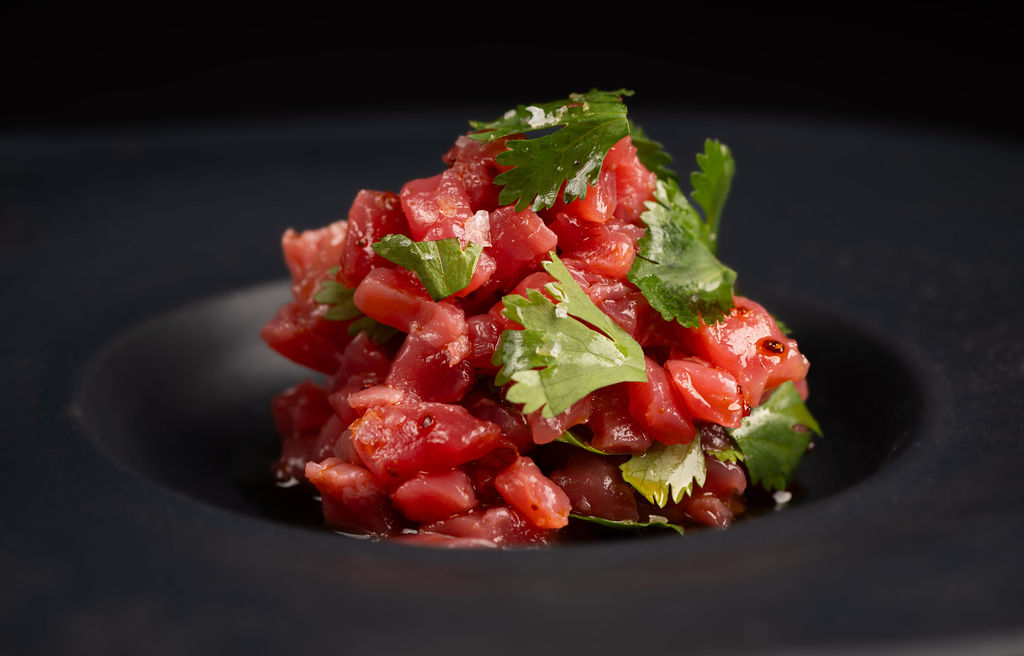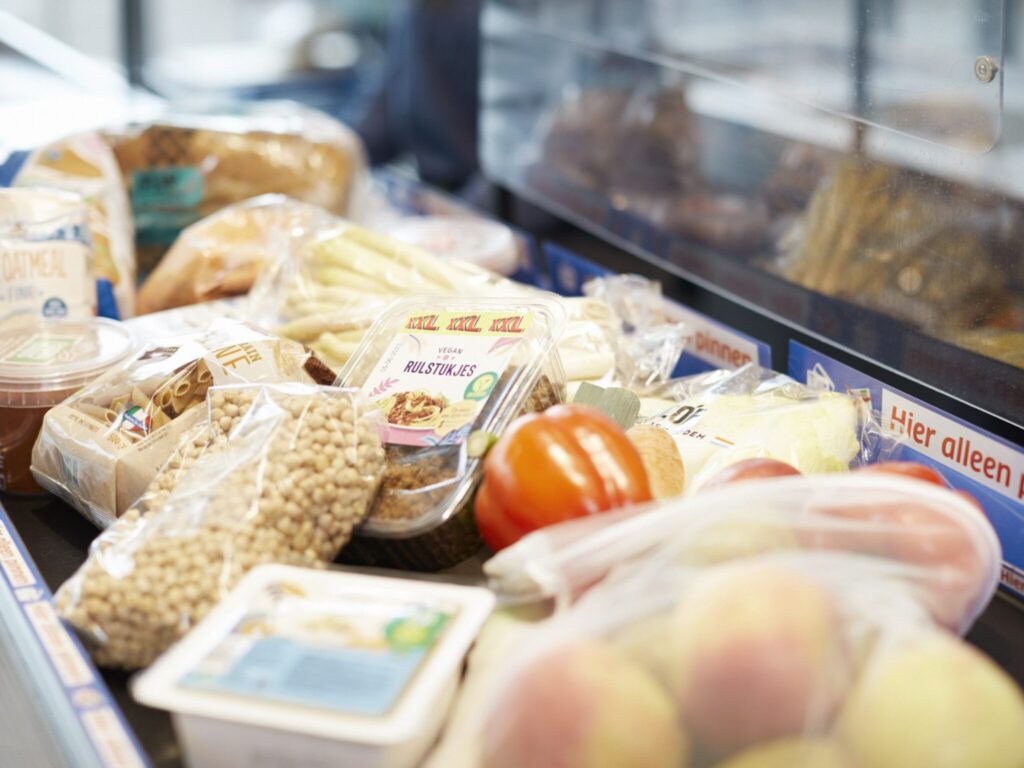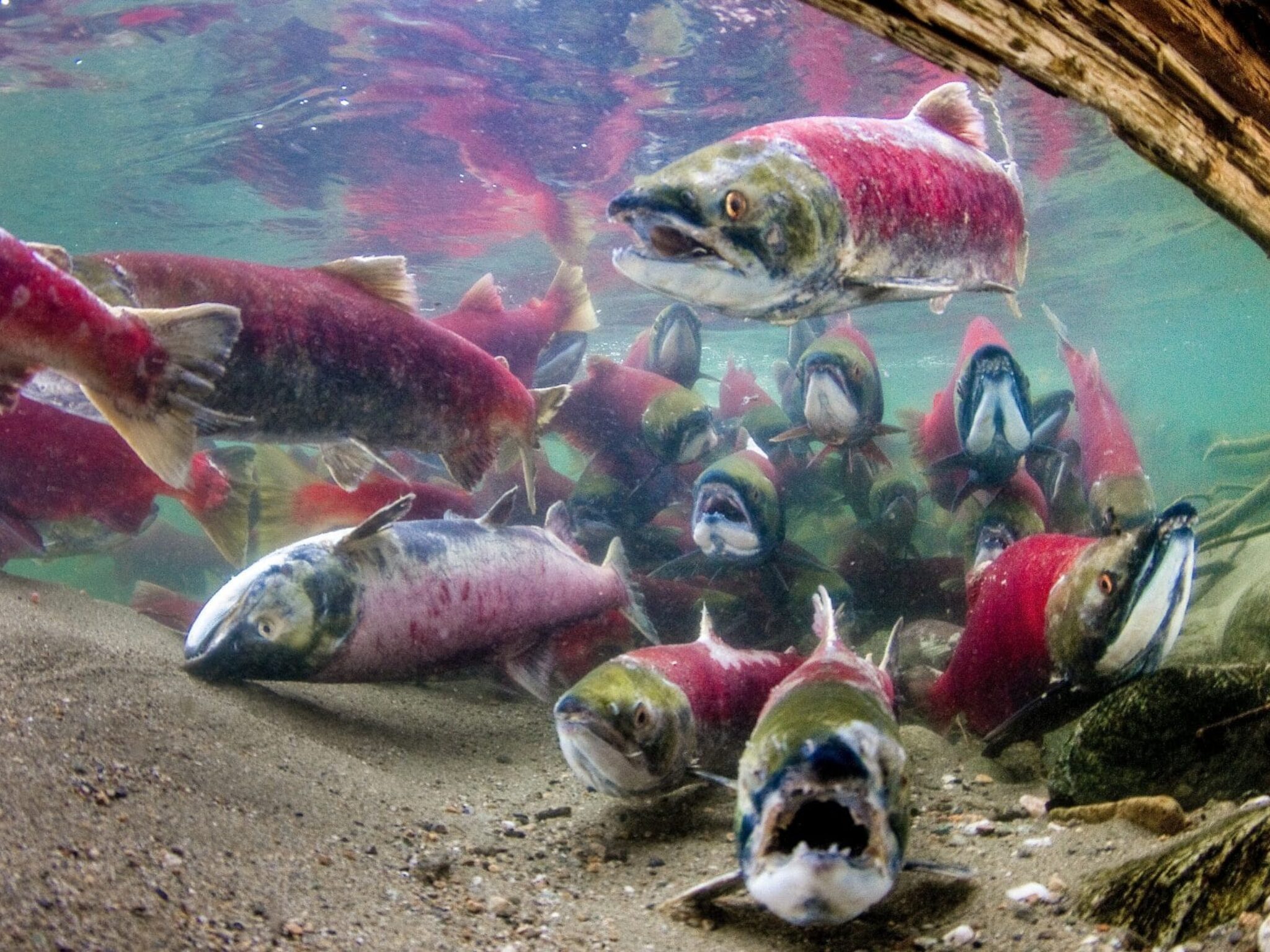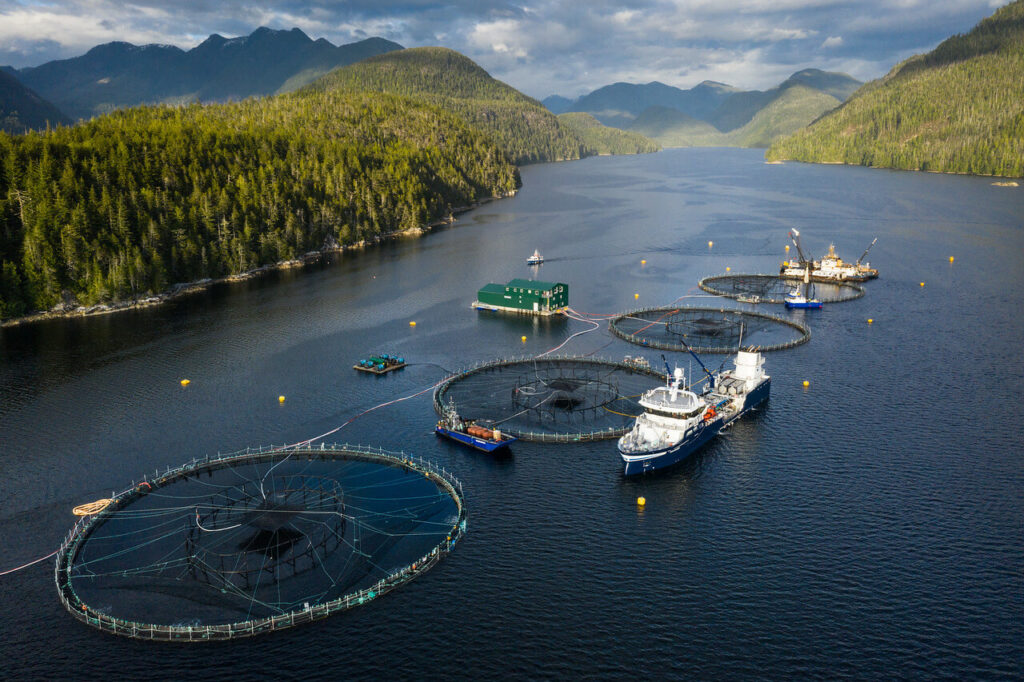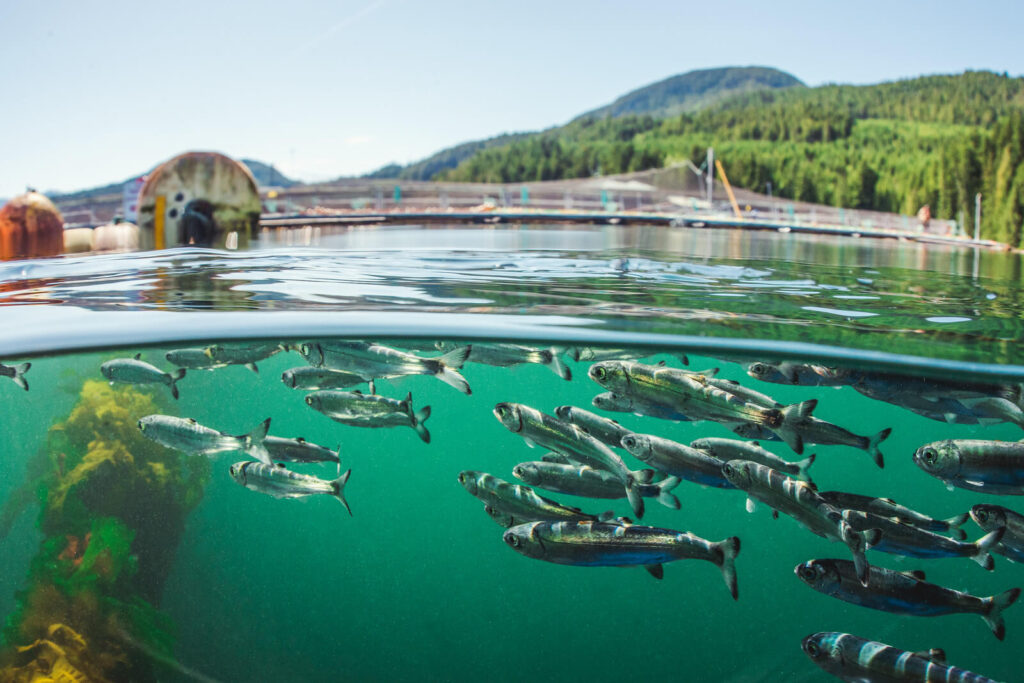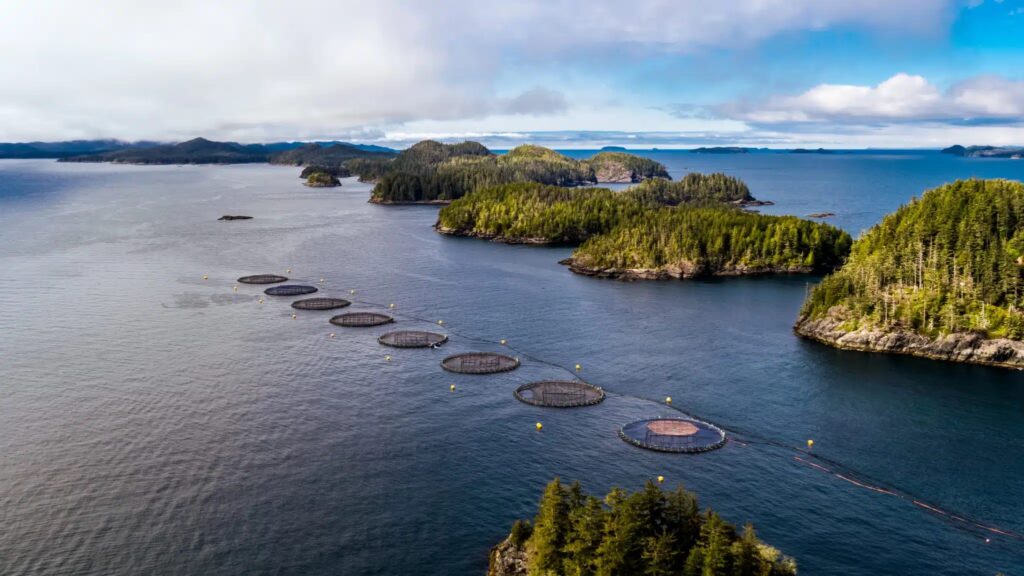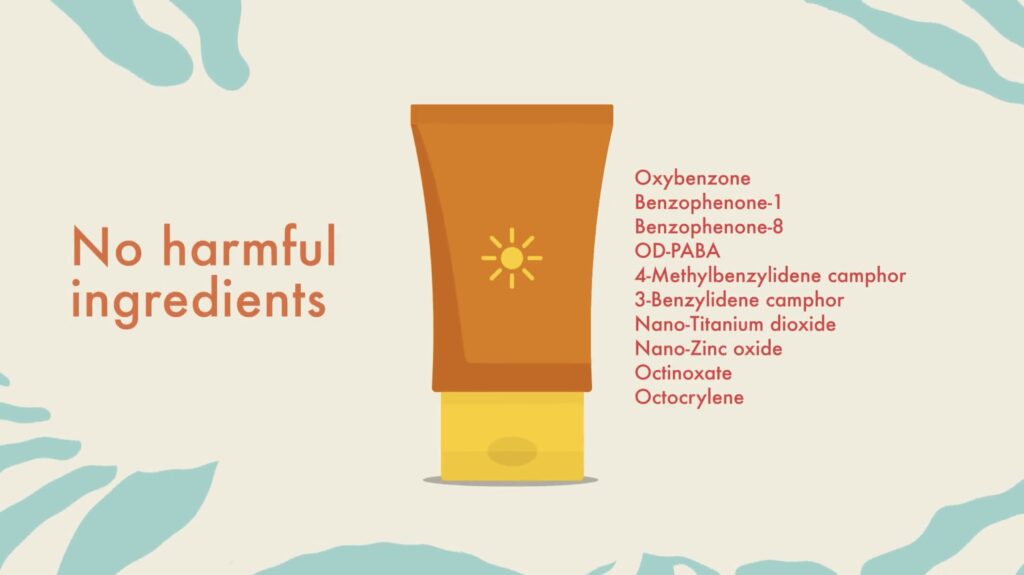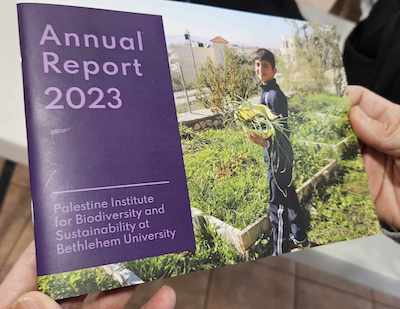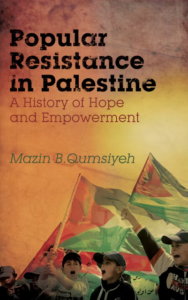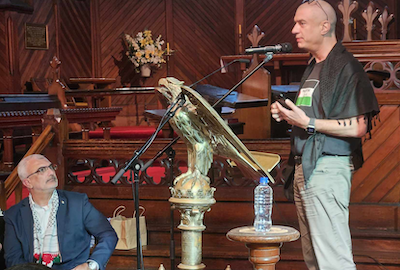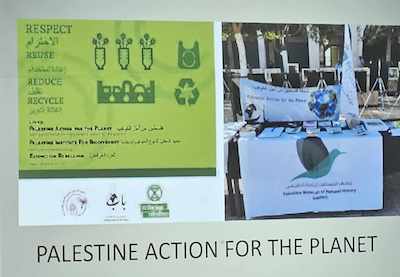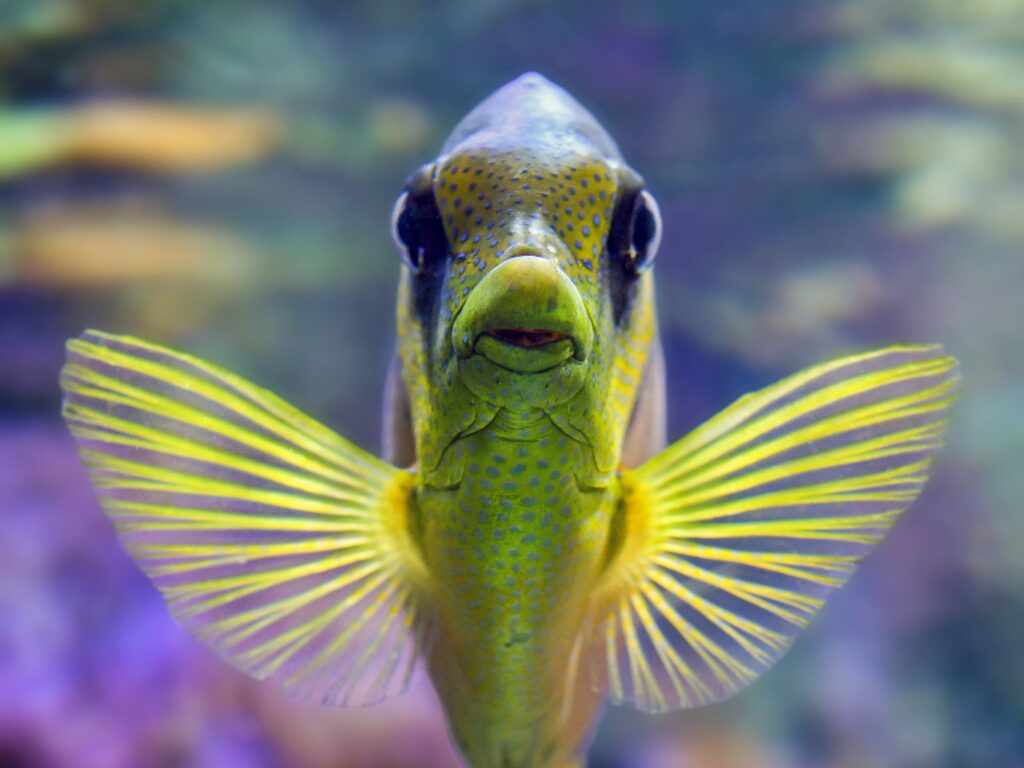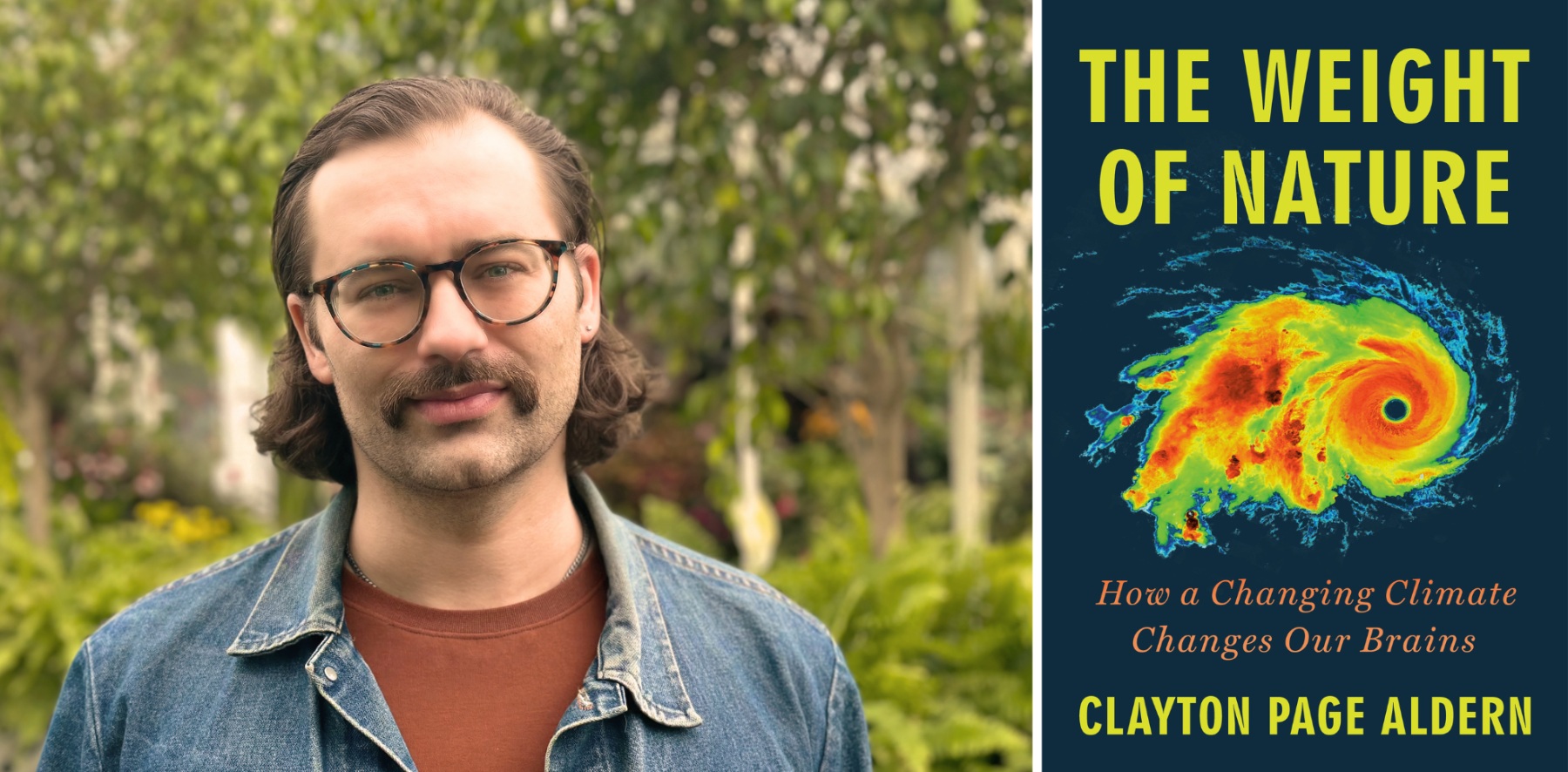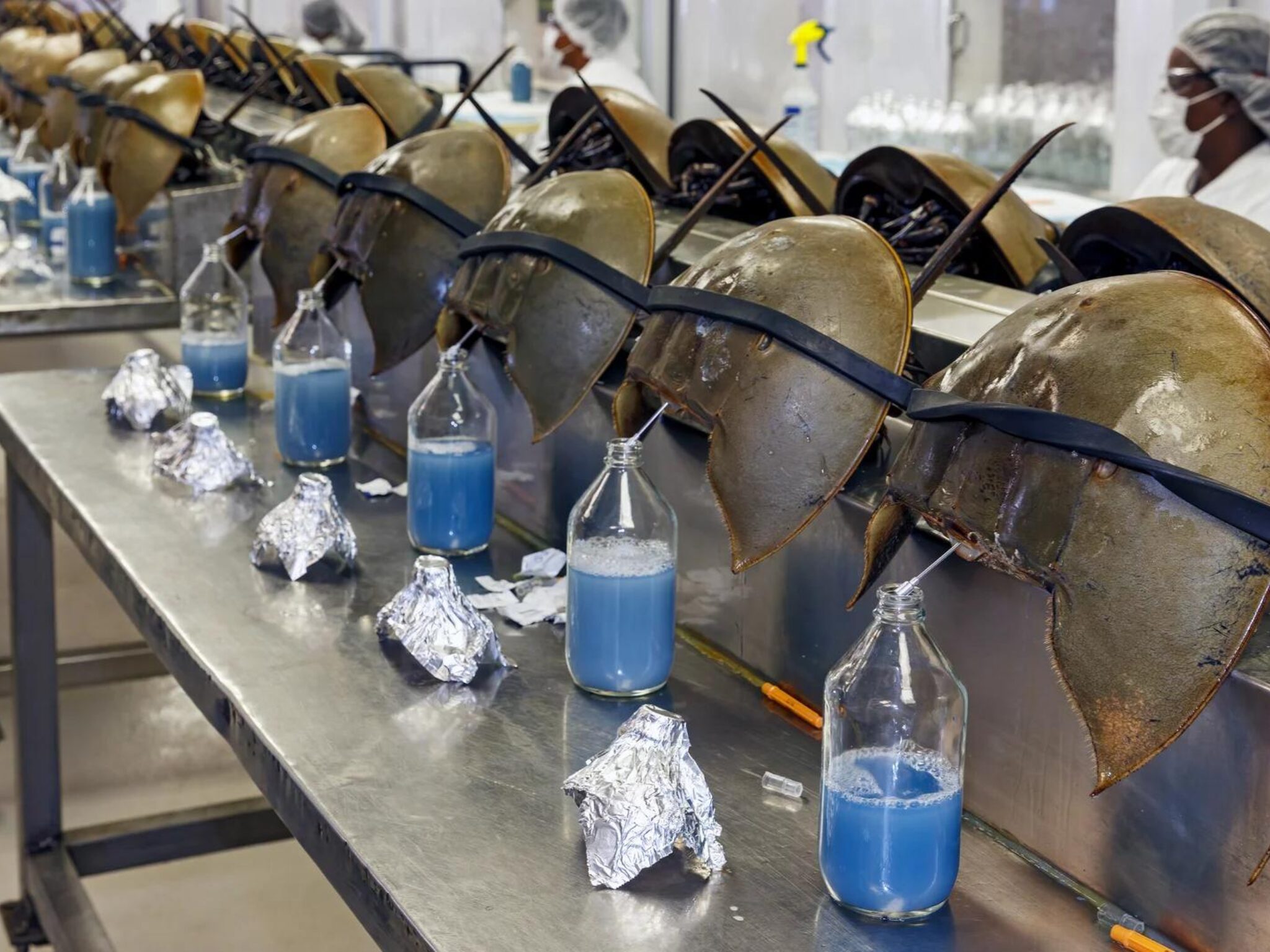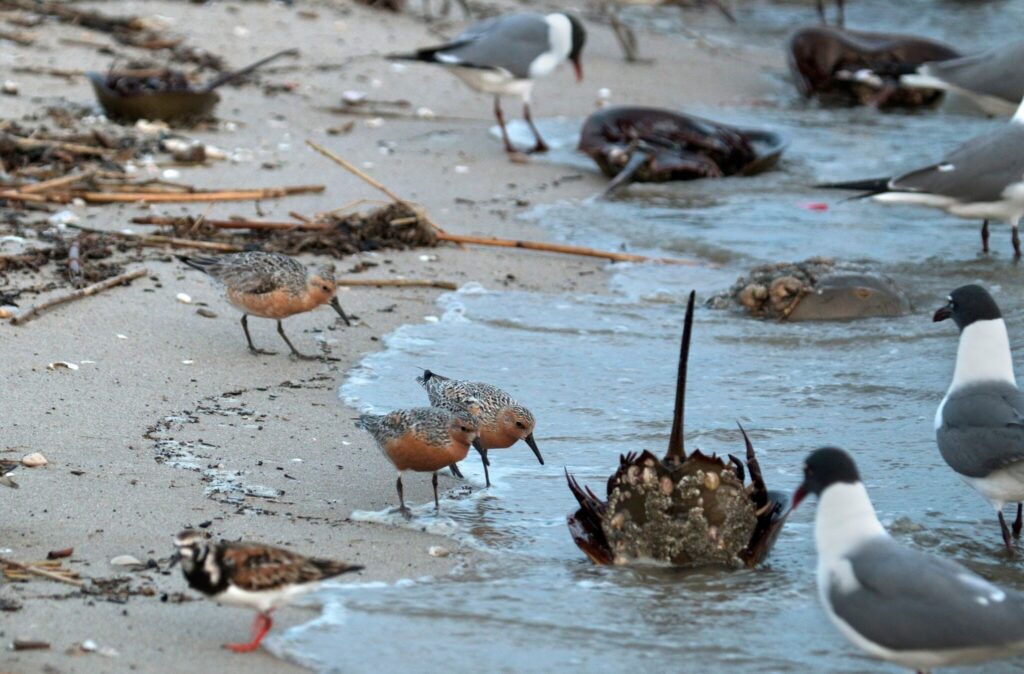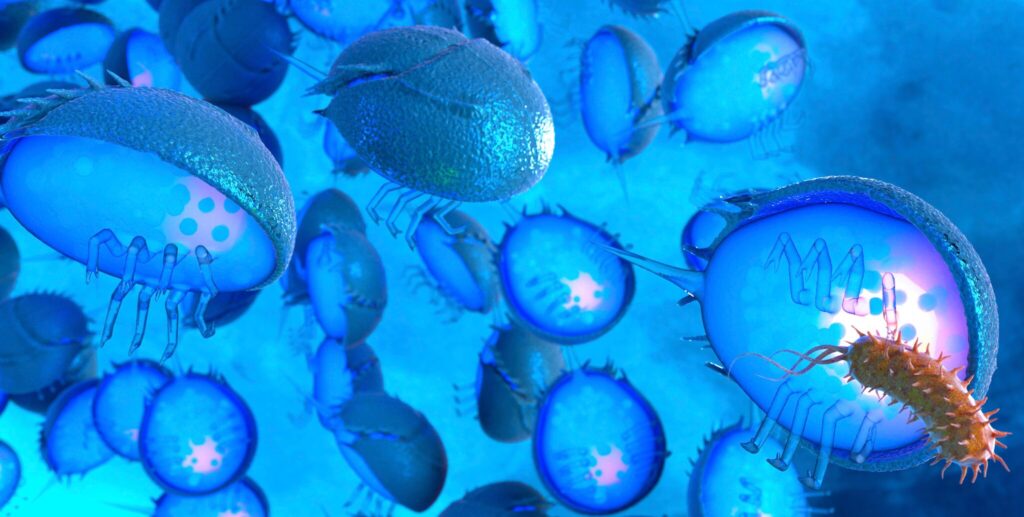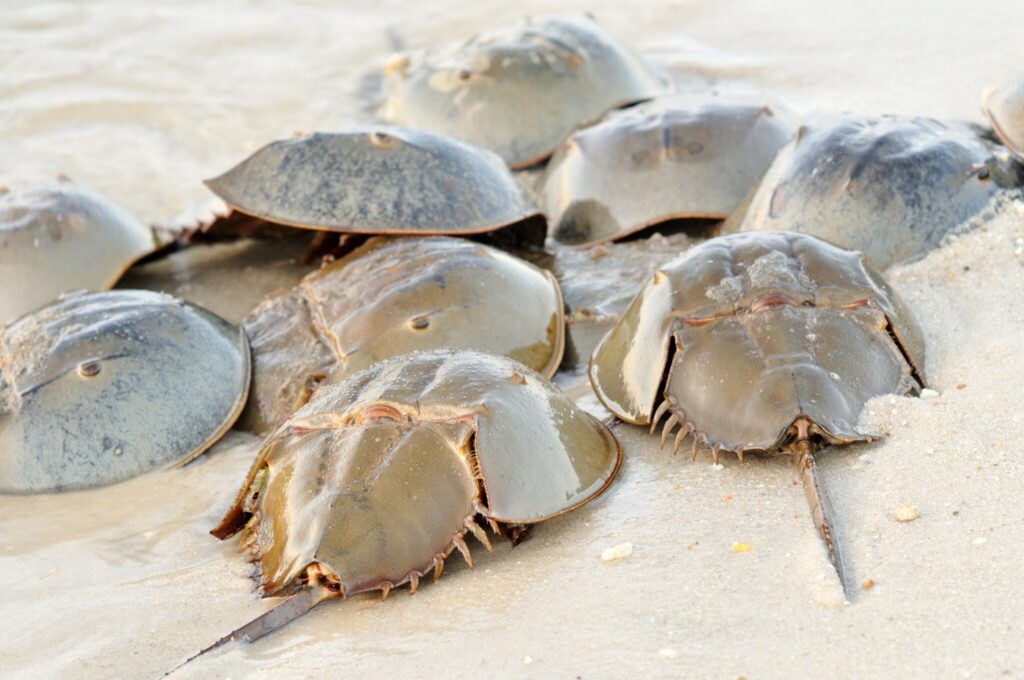8 Mins Read
The company’s Director of Sustainability talks to Green Queen about working towards a more sustainable food and ag value chain in Asia Pacific.
Earlier this year, ADM, a global leader in innovative solutions from nature, released its 2023 Corporate Sustainability Report, showcasing its sustainability achievements spanning three focus areas: feeding the world, protecting nature, and enriching lives. Among its milestones, ADM engaged over 25,500 smallholder farmers in India through sustainable agriculture practices, partnered with Water.org to provide water and sanitation solutions to over 800,000 people across six countries, and introduced a landfill diversion initiative at its Dharwad site in India, projected to divert approximately 100 metric tons of waste annually.
The report emphasises the company’s commitment to decarbonisation and building a sustainable future through innovative initiatives, which are key to fostering a resilient food system that can support a growing population.
In an exclusive interview, Ana Yaluff, ADM’s Director of Sustainability, spoke with Green Queen’s Sonalie Figueiras about how sustainability is deeply embedded in ADM. Yaluff discussed the company’s holistic approach and continued efforts to advance food security, including in Asia Pacific, a region facing heightened challenges due to rapid population growth and climate volatility.
Green Queen: What is ADM’s approach to sustainability, and how does it impact the communities you operate in, particularly in Asia?
Sustainability is the foundation of our purpose as a company, and a pillar of our growth strategy. Our commitment is anchored in three pillars: Feed the World, Protect Nature, and Enrich Lives – a holistic approach that enables us to unlock the power of nature to enrich the quality of life.
Feeding the World: The Asia Pacific (APAC) region is home to 60% of the global population, including some of the world’s most populous countries, with the number expected to increase to 5.2 billion by 2050. The region’s rapid growth – along with climate volatility – has heightened the need for secure, nutritious, and affordable food. At ADM, we are advancing food security by working at the intersection of innovation, sustainability, and agricultural development.
We understand the importance of working with growers across our vast supply chains to integrate regenerative practises, which ultimately enhance their resilience. For instance, in India, our team’s efforts on World Water Day focused on proactive water management, educating over 100 local farmers on sustainable water conservation techniques to help secure water resources for future generations.
Protecting Nature: In an era where the impacts of climate change, biodiversity loss, and resource scarcity have cast a spotlight on our global food system, the need for sustainable practises has become a priority for stakeholders across the food and agriculture value chain.
Our focus on regenerative agriculture is one of the most powerful ways we are addressing these challenges. Globally, we’ve expanded our regenerative agriculture initiatives to cover 2.8 million acres, with a goal of reaching 5 million acres by 2025. ADM’s commitment to achieving 100% deforestation-free supply chains by 2025 is another cornerstone of our strategy. We have made significant progress in tracing and monitoring the supply chains of key commodities, aspiring to protect critical ecosystems while maintaining the highest ethical standards.
Enriching Lives: Sustainability at ADM goes beyond environmental stewardship, we believe that it is also about enriching the lives of the people who are at the heart of the global food system. From farmers and communities to consumers and employees, we are dedicated to creating shared value and empowering individuals through meaningful, long-term impact.
ADM Cares, our corporate social investment programme, plays a critical role in driving these efforts globally. In Vietnam, for example, ADM Cares partnered with World Vision International in Vietnam (WVIV) for a targeted project in the Son Tay District. This initiative aimed to empower local farmers and households by equipping them with knowledge and technical skills in environmentally aware poultry breeding methods, along with financial education. As a result, it has improved the community’s livelihoods and the farming capacity of beneficiary households.
Green Queen: What are the key tenets of your decarbonisation plans? What data points are you most focused on to measure the company’s efforts?
Ana Yaluff: We are guided by a comprehensive, science-based approach that addresses emissions across our entire value chain. The key tenets of our plan include decarbonising our operations, leading in regenerative agriculture, investing in renewable energy, and collaborating with stakeholders across our ecosystem.
We have set a target to reduce absolute greenhouse gas (GHG) emissions for Scope 1 and 2 by 25% from our 2019 baseline by 2035, along with a 25% reduction in Scope 3 GHG emissions from a 2021 baseline within the same timeframe. Together with our targets for energy, water, and waste reduction, these goals are collectively known as “Strive 35”.
Since announcing our Strive 35 goals, we have made significant progress, reducing Scope 1 and 2 GHG emissions by 14.7% as of 2023, and we are continuing to advance our efforts. Our initiatives include transitioning from coal to natural gas and optimising energy use. In 2023 alone, we completed 59 projects projected to reduce Scope 1 and 2 emissions by over 280,000 metric tons of CO₂e annually.
Meanwhile, to address Scope 3 emissions, which account for the vast majority of our carbon footprint, we are working closely with our farmers and partners to promote sustainable practises. This includes supporting farmers in adopting regenerative farming techniques that improve soil health and sequester carbon.
As we move forward, we remain focused on accelerating our efforts, leveraging cutting-edge technologies, and strengthening partnerships to drive further progress. With innovation, collaboration, and a steadfast commitment to sustainability, we are confident in our ability to shape a more resilient and sustainable future for the food system.
Green Queen: Given ADM’s scale and role in the global agrifood system, what is the company doing to enhance food access and security?
Ana Yaluff: Food security is a pressing issue, especially in the APAC region, which is home to over 370 million undernourished individuals – a figure that continues to rise due to climate volatility and supply chain disruptions. These challenges are exacerbated by extreme weather events, land degradation, and growing pressures on agricultural productivity. As a result, ensuring consistent access to safe, nutritious, and affordable food has never been more urgent.
In response to these challenges, ADM is harnessing its scale, expertise, and innovation to enhance food access and security. We operate an extensive transportation network that allows us to constantly adjust and shift the sourcing and delivery of agricultural and food products in the event of unexpected disruptions that may jeopardise food security. Beyond our supply chain, we collaborate with NGOs and government organisations to improve access to essential nutrition for at-risk populations. Through ADM Cares, we continue our partnership with the World Food Program USA to support the ERASE Hunger campaign, which aims to improve children’s nutrition by providing school meals.
A key aspect of our approach also lies in supporting sustainable agriculture. In 2023, ADM partnered with over 25,000 soy growers in India, delivering nearly 90,000 regenerative acres. We have supported these farmers in implementing regenerative agricultural practises, helping improve soil health and increasing crop resilience in regions facing environmental challenges.
As a global leader in the agrifood system, we are committed to driving systemic change. With our extensive footprint and innovative solutions, we address the complex challenges of food security – not just by focusing on feeding people today, but by building a more resilient, sustainable food system for future generations.
Green Queen: Why have you decided to invest so heavily in sustainable agriculture, particularly in regenerative practises? What opportunities do you see for advancing sustainable farming in India in particular?
Ana Yaluff: At ADM, we view regenerative agriculture as an essential part of the future of farming. In fact, it is a great example of how we’re committed to our purpose – to unlock the power of nature to enrich the quality of life.
Driven by the need to balance environmental sustainability with the growing global demand for food, our sustainable and regenerative agriculture efforts focus on building resilient farming systems that can withstand the impacts of climate change, reduce GHG emissions, and sequester carbon, all while improving the livelihoods of farmers.
As the world’s most populous country, India’s rapidly growing population will inevitably drive greater demand for food and resources. However, this growth also places additional pressure on agricultural systems already strained by issues like erratic weather conditions and water scarcity. In fact, India’s ambition to reach net zero by 2070 underscores the urgent need to embrace sustainable and regenerative practises that can restore degraded land, enhance productivity, and mitigate the effects of climate change.
For more than two decades, ADM India has been working in partnership with the Ministry of Agriculture to support some 250,000 smallholder farmers in Maharashtra and Karnataka. Through this collaboration, we provide small and midsize growers with sustainability resources, technology, best practises in conservation, and important market connections. As a result, these farmers now have the opportunity to access global markets as registered vendors with ADM. This opens doors for them to meet the growing global demand for certified organic and non-GMO soy, all while increasing their incomes and improving their farming practises.
In 2022, ADM expanded its commitment through a partnership with Bayer, providing training to about 25,500 soybean farmers in the Latur, Osmanabad, and Beed districts of Maharashtra. These farmers are educated on seed treatments, pesticide management, and Integrated Pest Management (IPM) practises, ensuring that they are equipped to meet both sustainability requirements and market demands.
In addition, ADM’s partnership with Coromandel International Limited (Coromandel) strengthens our commitment to sustainable agriculture by training farmers through the ProTerra Foundation on non-GMO agricultural production. By analysing soil samples from 3,000 farmers, we aim to document improvements in organic soil carbon content and tracking the positive environmental impacts of regenerative practises.
As a bridge between growers and global consumer-facing brands, ADM leverages its global capabilities to scale sustainable practises across the value chain. By empowering farmers and providing them with the tools, knowledge, and market connections, we are driving long-term sustainability in India’s farming ecosystem and beyond.
Green Queen: As a commodity, palm is viewed as having a “high risk of deforestation” globally. What steps has ADM taken to ensure a responsible supply chain for palm, and how are you progressing with these initiatives?
Ana Yaluff: In today’s world, where environmental and ethical concerns are in the spotlight, responsible sourcing has become crucial for businesses. At ADM, we are committed to achieving a 100% deforestation-free supply chain by 2025 and are actively tracing and monitoring the supply chains of our commodities at high risk for deforestation, including palm, on a global scale.
We do not source palm directly from plantations; instead, we obtain palm oil, palm kernel oil, and palm kernel expeller (PKE) from processors. We collaborate with our suppliers to enhance supply chain traceability, engage with them, and ensure robust monitoring, verification, and reporting practises.
A key initiative in this effort is our PKE Responsible Sourcing Supplier Programme, which aims to continuously improve supplier sustainability performance and reinforce our responsible sourcing expectations. Built on four pillars – supplier engagement, supplier improvement, monitoring & verification, and investing in local communities – we engage all direct PKE suppliers in Indonesia and Malaysia and assess their sustainability performance through our palm scorecard tool. By working closely with our suppliers, we are increasing traceability and ensuring third-party verification of deforestation, successfully delivering responsibly sourced PKE to our customers.
Green Queen: What are your long-term sustainability goals for the APAC region?
Ana Yaluff: Looking ahead, ADM remains dedicated to advancing sustainability across all aspects of our operations. We will continue to innovate and strengthen partnerships with local, like-minded organisations to help feed the world, protect the environment, and improve lives. Through these efforts, we aim to actively contribute to the sustainable transformation of the food and agricultural value chain in the APAC region.
This is a Green Queen Partner Post.
The post Q+A w/ ADM’s Ana Yaluff: ‘Sustainability Is The Foundation Of Our Purpose As A Company’ appeared first on Green Queen.
This post was originally published on Green Queen.

